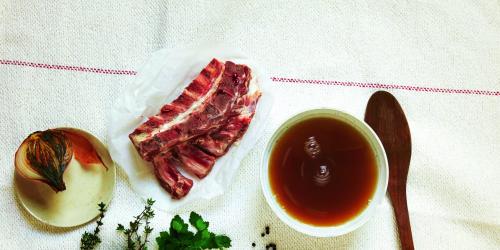Butter, oil or margarine: which fat to use to get back its food?
The choice of your fat cooking depends on both its nutritional composition and your diet. Butter, for example, is rich in saturated fatty acids. In small doses, these saturated fatty acids are necessary for the body, but they can be dangerous for health if they are consumed in excess. People who frequently consume saturated fatty acid sources such as cold cuts, fatty meats or fried foods should avoid using butter in addition to their food. In contrast, in a diet lower in saturated fatty acids, butter can be used perfectly. For margarines, those of plant origin, not hydrogenated and containing a lot of unsaturated fatty acids are recommended. Those rich in trans fatty acids, harmful, are to be avoided. As for vegetable oils such as olive oil or grape seed oil, for example, they are generally recommended to all because they allow to fill up with omega-3 and omega-6. These are particularly recognized as beneficial to cardiovascular health.
Tips on how to return your food to butter, oil and margarine
Heated at high temperature, the butter can burn quickly or even release harmful fumes. It is better to return your food to medium heat. It is also possible to stabilize the butter at high temperature by adding a good spoon of olive oil: the butter will not release smoke. This combination butter / olive oil or margarine / olive oil also prevents the burning projections of oil during cooking. This trick can work with any vegetable oil containing a lot of monounsaturated fatty acids: simply check the label of your oil that it supports cooking.


